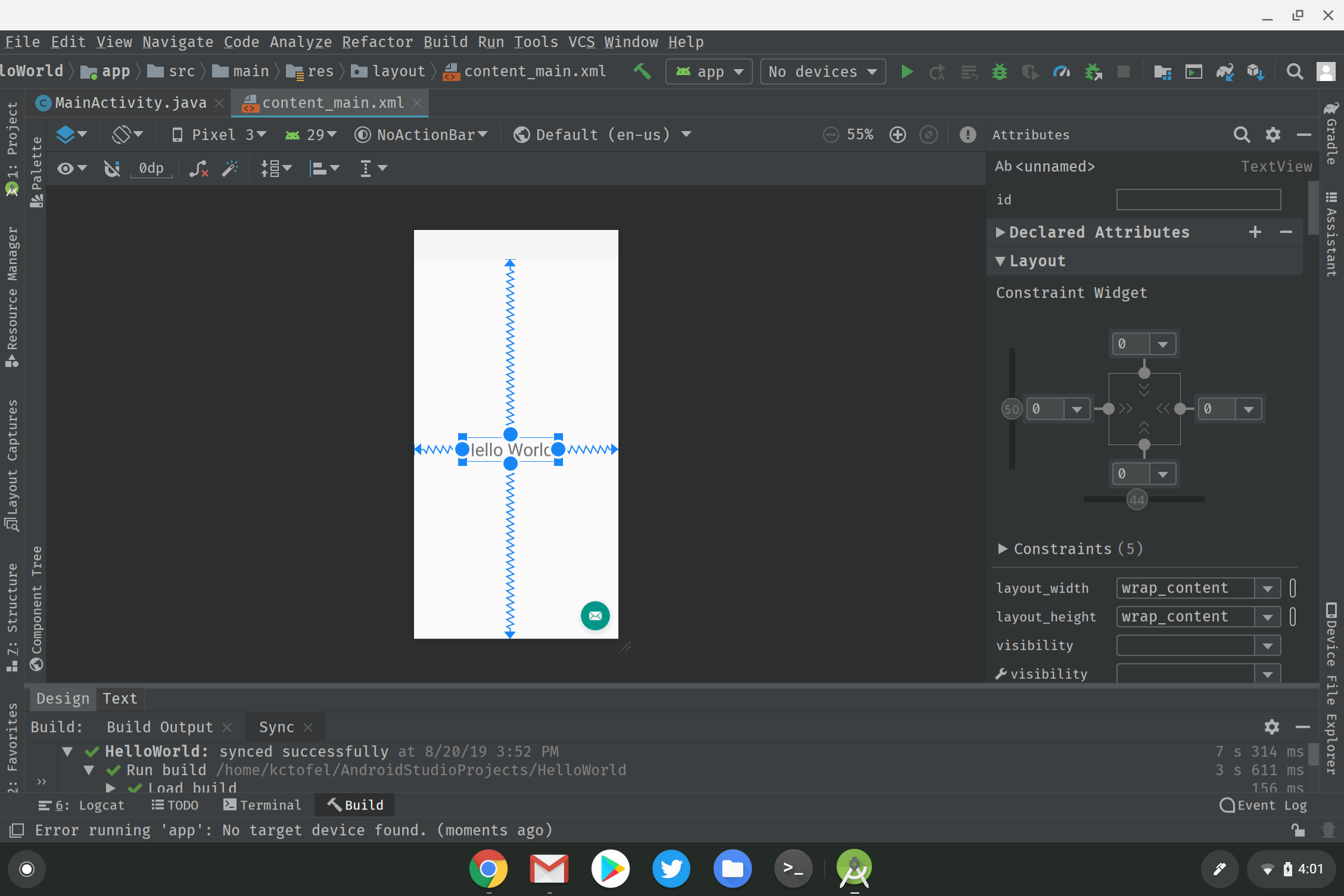
This tool is definitely useful for viewing your site as it would look in any mobile device, but it won’t give you full and complete ability to test as a mobile user. Ideally, you want to be able to test out the mobile usability of a site using a touch sensor enabled emulator so that you can be sure the actions make sense to the end user. It tries to emulate the information given by a real phone (stuff like resolutions, user agent, dimensions, etc.), but the experience is limited because it does not allow you to interact with it like a mobile phone (using touch sensors and actions). The Mobile Phone Emulator is a free service that allows the developer to look at their site with about the same resolution the user would receive from their phone. Use the following review of three of those tools to discover which can improve the overall quality of your website’s mobile experience. As with any development tool at our disposal, we also need to be armed with the tools for testing the websites on any screen size and network bandwidth, which makes sure the users’ experience is the best it can be. On your laptop touchpad, you can use two fingers for scrolling and three fingers for a swipe, like so.In the modern developer’s mind mobile website development and responsive website development give us the ability to change and customize the way that users and customers engage with our websites or applications using different devices. If you take a closer look, you will notice that the mouse cursor turns into a circle indicating aTouch Event. Refresh Chrome, and you should now be able to navigate the site as if it is viewed on mobile. The device specifications such as the Viewport Size, the User Agent String, and the Pixel Ratio, as well as other Settings automatically reflect the dimensions of the selected device. It is worth noting that the location or the name could be changed in the future once it is pushed to “regular” Chrome.Ĭhrome has a number of predefined devices including Google Nexus, iPad, iPhone, Blackberry, and Kindle. It can be found under a new tab Emulation in the DevTools. This feature, at the time of the writing, is only available in Chrome Canary. If you want to do the same, build a dedicated mobile site, you can now use Mobile Emulation in Chrome to ease your job for debugging the site.

It seems like everyone is hailing Responsive Web Design (RWD) as the savior for the mobile site development.


 0 kommentar(er)
0 kommentar(er)
